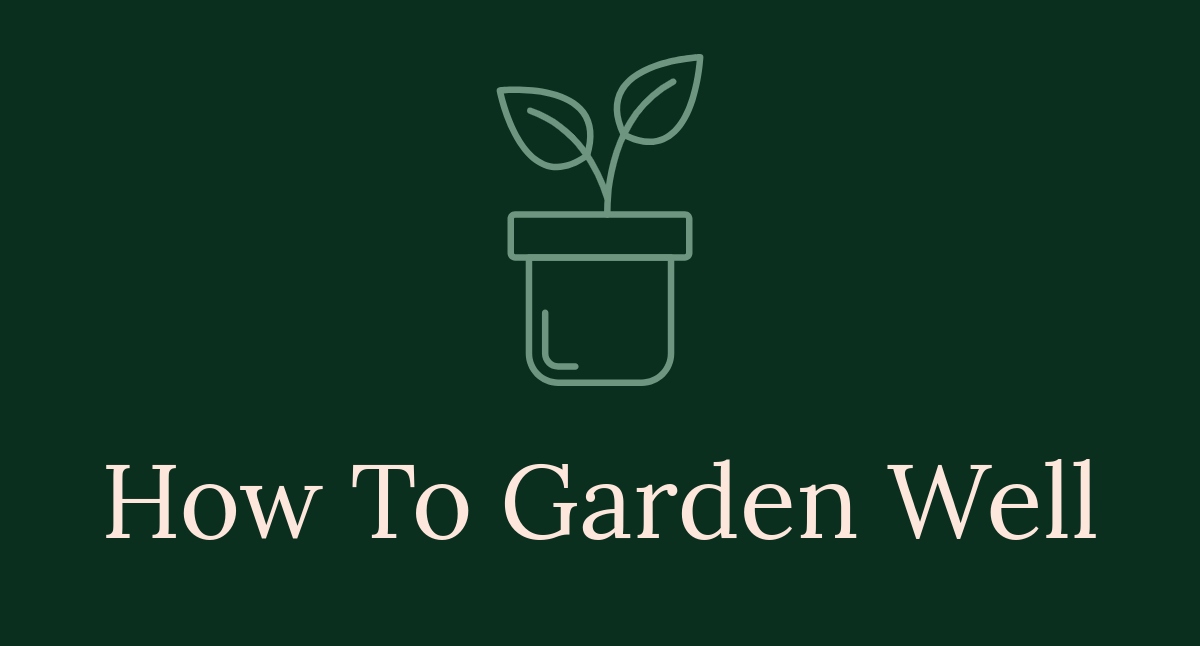
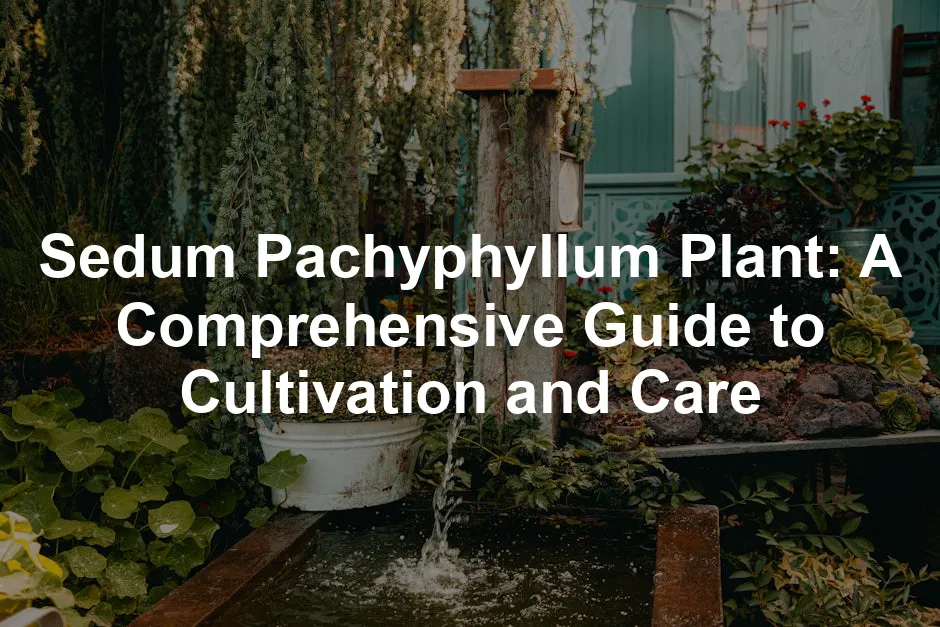
Sedum Pachyphyllum Plant: A Comprehensive Guide to Cultivation and Care
Introduction
Meet Sedum pachyphyllum, a charming succulent. Known for its unique, thick leaves, this plant is a favorite among gardeners. Succulents are becoming increasingly popular for home gardening. They’re low-maintenance and visually striking. In this article, we’ll cover everything you need to know about Sedum pachyphyllum—its care tips, benefits, and more.
Speaking of low maintenance, you might want to consider investing in a Organic Succulent Fertilizer. With just a light feeding during the growing season, you’ll ensure your little green friends thrive without overwhelming them. Who knew gardening could be this easy?

Summary and Overview
Sedum pachyphyllum, also known as the Jade Beads Plant, hails from Mexico’s Sierra Madre del Sur. This evergreen succulent stands about a foot tall and can spread to two or three feet wide. Its glaucous, light green leaves resemble short, stout fingers, often tipped with red. In summer, it blooms small yellow flowers, adding a splash of color.
This plant fits well in various environments. It thrives in full sun and prefers well-drained soil, making it a great option for both indoor and outdoor spaces. Its adaptability and aesthetic appeal make it a fantastic choice for ground cover or in succulent arrangements.
In the following sections, we’ll dive into its characteristics, growing conditions, care tips, and even landscaping ideas. Whether you’re a seasoned gardener or a beginner, there’s something here for you!
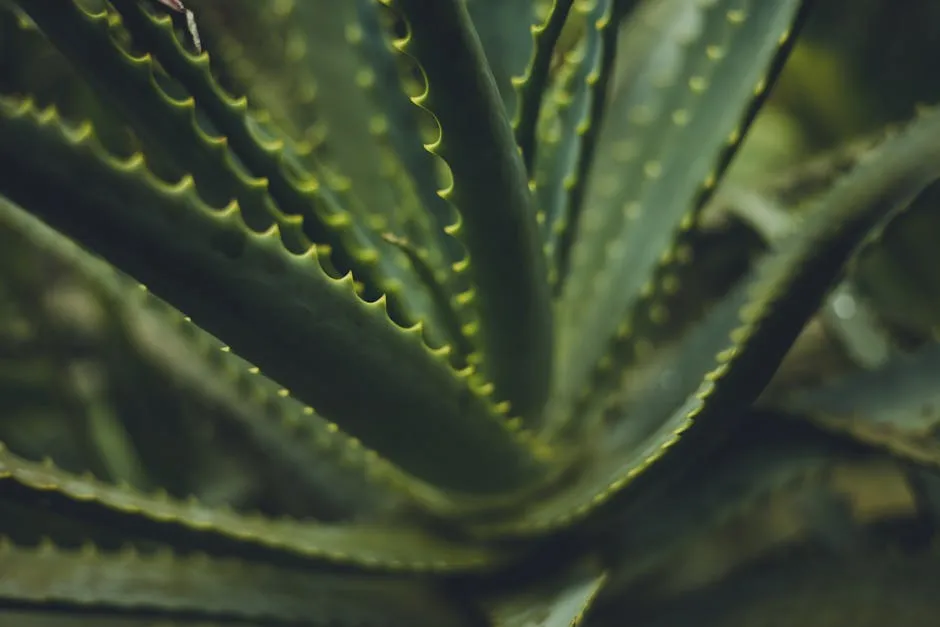
Characteristics of Sedum Pachyphyllum
Description
Sedum pachyphyllum is an eye-catching succulent with unique features. This plant typically reaches about one foot tall. It can spread up to two or three feet wide, making it a fantastic ground-hugging plant. Its leaves are thick, glaucous, and light green, resembling short, stout fingers. Often, the leaf tips showcase a stunning red hue.
During summer, Sedum pachyphyllum blooms small, vibrant yellow flowers. These flowers add a delightful burst of color to your garden or indoor space. This succulent has a typical growth rate and thrives with minimal care. If you’re looking to enhance your collection, consider adding this unique plant!
If you’re intrigued by succulents, you should check out Echeveria Succulent Varieties. They’re perfect for creating a diverse succulent garden that’s both beautiful and low-maintenance.

Botanical Insights
Sedum pachyphyllum belongs to the Crassulaceae family, known for its beautiful succulents. This plant originates from the Sierra Madre del Sur in Oaxaca, Mexico. The name “Sedum” comes from the Latin word ‘sedere,’ meaning “to sit,” reflecting its low-growing nature. The specific name “pachyphyllum” derives from Greek, meaning “thick leaves.”
This plant is closely related to the Jelly Bean Plant (Sedum × rubrotinctum), which shares similar characteristics. Sedum pachyphyllum thrives in various environments, making it a versatile choice for gardeners. If you’re curious about its relatives, explore low-maintenance plants for drought-tolerant landscaping!
Exploring the Crassulaceae family can reveal more about related succulents. low-maintenance plants for drought-tolerant landscaping can be a great addition to your garden.
Growing Conditions for Sedum Pachyphyllum
Ideal Climate
Sedum pachyphyllum thrives in warm, sunny environments. It prefers temperatures between 15-20°F, which aligns with its hardiness zones. This succulent loves full sunlight, so place it where it can soak up those rays. Ideally, it needs at least six hours of sunlight daily.
Watering is minimal, as this plant is highly drought-resistant. It can withstand long periods without water, making it perfect for busy gardeners. The average temperature in its native Mexico supports its low water needs.
Before planting, assess your local climate. Can you provide the warmth and sunlight this beauty craves? Make sure you’re ready to give it the right conditions for success!

Soil Requirements
For Sedum pachyphyllum, well-drained soil is essential. Poor drainage can lead to root rot, a common issue with succulents. A sandy or gritty potting mix works wonders. Consider adding Perlite Soil Amendment or Pumice for Succulent Soil for improved drainage.
The ideal pH level for this succulent ranges from 6.0 to 7.0, which is slightly acidic to neutral. This range supports healthy growth and nutrient uptake. For more on soil management, check out soil pH testing and adjustment for optimal plant growth.
Understanding soil pH is vital for healthy plants. Soil pH testing and adjustment for optimal plant growth can help you achieve the best conditions.
Don’t hesitate to experiment with different soil mixtures. You might discover the perfect combo that makes your Sedum flourish!
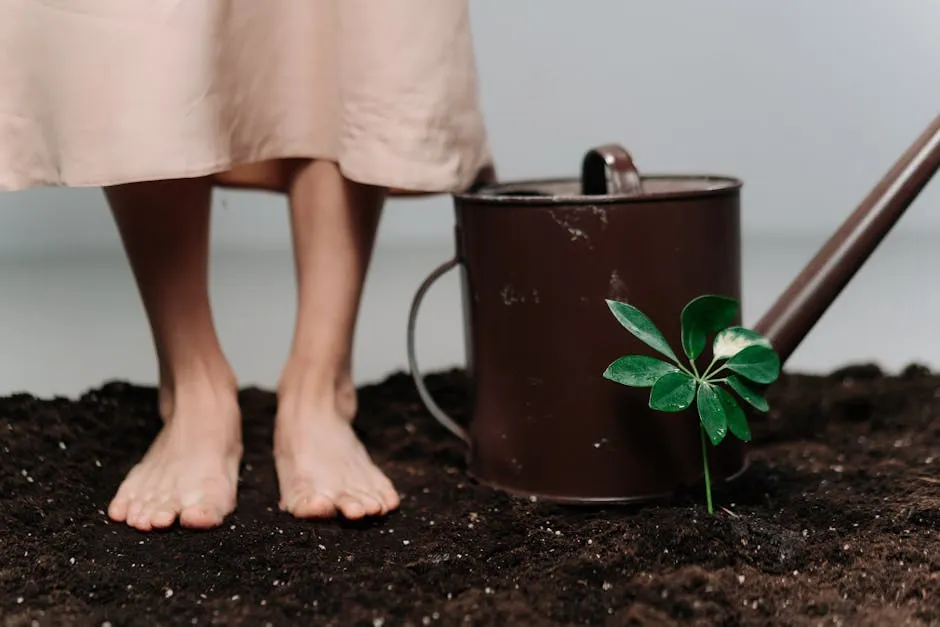
Care and Maintenance
Watering Guidelines
Watering Sedum pachyphyllum requires a bit of attention. This succulent thrives on a specific schedule, typically needing water once every two weeks. During hot months, you might need to increase this to once a week. When watering, soak the soil thoroughly, allowing excess water to drain out.
Watch for signs of distress. If the leaves become mushy, it’s a sign of overwatering. Conversely, if the leaves start to shrivel, your plant needs more moisture. Maintaining the right moisture levels is crucial for healthy growth.
On average, Sedum pachyphyllum requires about half a cup of water per week. Keeping a watering log can help you track your plant’s needs and prevent over or underwatering.

Fertilization
Sedum pachyphyllum doesn’t require frequent fertilization. In fact, too much can harm it. A light feeding during the growing season is usually sufficient. Use a diluted, balanced fertilizer designed for succulents.
Organic fertilizers like compost tea or fish emulsion work well. Aim to fertilize once every month. This ensures your plant receives essential nutrients without overwhelming it.
Consider looking at fertilizers with a nutrient ratio of 10-10-10, which provides balanced feeding for your succulent. Organic options are always a great choice for eco-conscious gardeners. And while you’re at it, why not grab a Succulent Watering Can? It’s the perfect tool to ensure your plants get just the right amount of water!
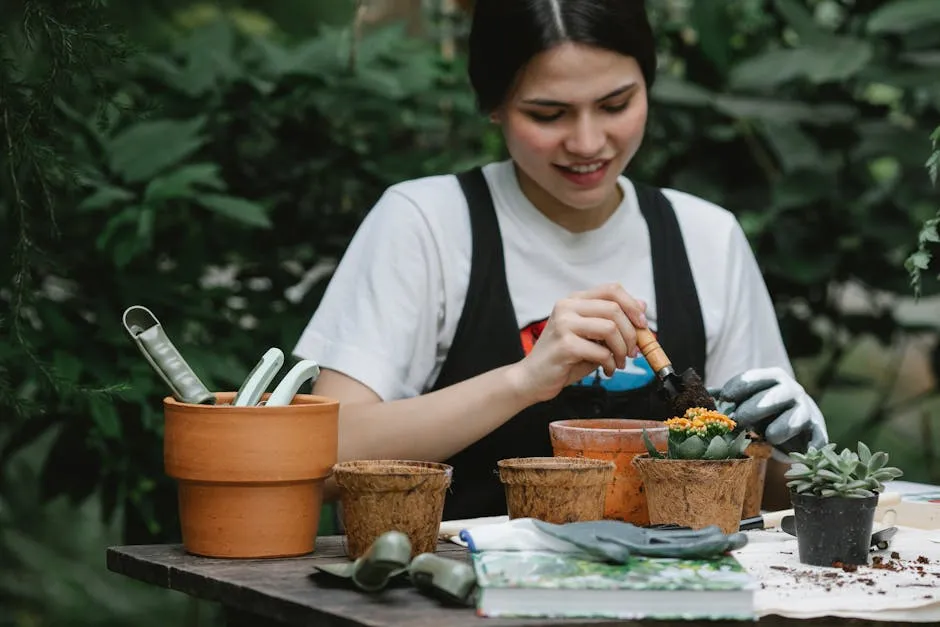
Common Pests and Diseases
Identifying Issues
While Sedum pachyphyllum is generally resilient, it can face some pests and diseases. Common culprits include aphids and mealybugs. These pests can sap the plant’s vitality if not addressed. For more information on managing these pests, check out common pests in Japanese friendship gardens and how to control them.
Managing pests effectively is essential for plant health. Explore common pests in Japanese friendship gardens and how to control them to keep your plants thriving.
Fungal diseases can also pose a risk, especially in overly damp conditions. Watch for signs of discoloration or wilting leaves. These indicators suggest your plant may be suffering from root rot or other fungal issues.
The prevalence of pests increases in humid environments, so monitor your plants regularly. Keeping an eye out can save your succulent from potential harm. Regular checks can help you catch problems early, allowing you to take prompt action.

Propagation Techniques
Methods of Propagation
Propagating Sedum pachyphyllum is simple and rewarding. You can choose between leaf cuttings and offsets. Leaf cuttings involve taking a healthy leaf, letting it dry for a few days, then placing it in well-drained soil. Ensure the leaf stays moist, and you’ll see roots forming in a few weeks. This method typically has a success rate of around 70%.
Offsets are another effective way to propagate. These are small plants that grow at the base of the main plant. Gently remove the offset and plant it in its own pot. This method boasts a higher success rate, often reaching up to 90%. The best times for propagation are during the spring or early summer when the plant is actively growing.
Give it a try! Propagating your own Sedum pachyphyllum can be a fun project. For detailed guidance on propagating succulents, visit how to propagate succulents from leaf cuttings.
For a successful propagation experience, consult our guide on how to propagate succulents from leaf cuttings.
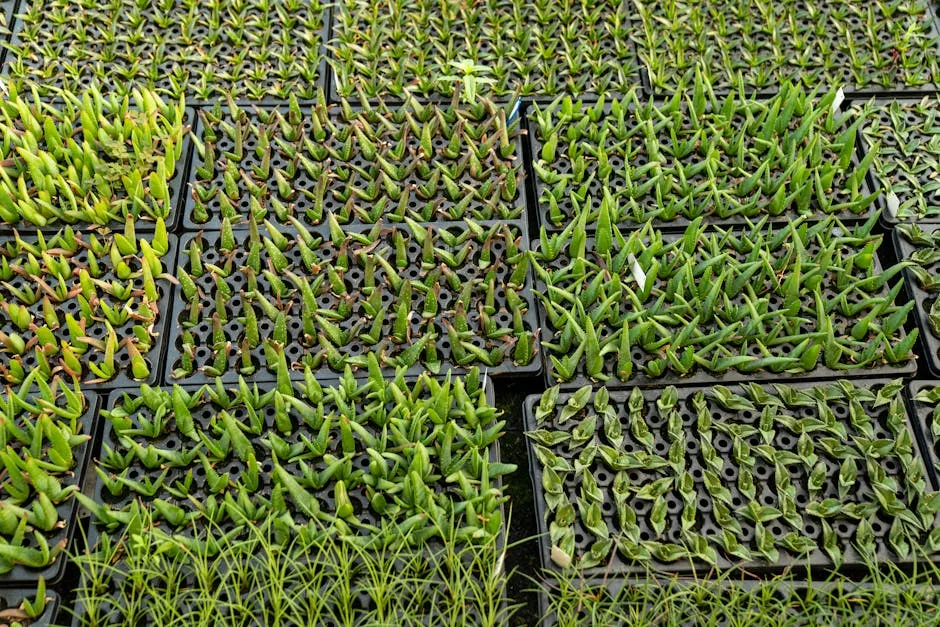
Landscaping with Sedum Pachyphyllum
Creative Uses
Incorporating Sedum pachyphyllum into your landscape can elevate your garden design. This succulent makes an excellent ground cover, spreading quickly and adding lush greenery. It’s particularly effective in rock gardens or as a border.
Consider using it in container gardening as well. Group Sedum with other succulents for striking arrangements. You can also experiment with companion planting. Pair it with similar succulents, like Echeveria, for a vibrant mix.
Enhance your garden with strategic plant pairings. Explore companion planting strategies for increased yield to maximize your garden’s potential.
Each plant can cover approximately 2-3 square feet, making it an efficient choice for various landscaping ideas. Don’t forget to accessorize! Consider adding Decorative Planters for Succulents to really showcase your plants!

Conclusion
Caring for Sedum pachyphyllum is straightforward and enjoyable. This low-maintenance plant adds beauty to any space while requiring minimal effort. Its unique appearance and drought tolerance make it a perfect choice for busy gardeners. We encourage you to explore this delightful succulent and share your experiences. And if you’re looking to take your gardening to the next level, consider a LED Grow Light for Indoor Plants to ensure your plants get the light they need, no matter the season!
FAQs
What is Sedum pachyphyllum?
Sedum pachyphyllum, also known as the Jade Beads Plant, is a hardy succulent with thick, finger-like leaves.
How much sunlight does Sedum pachyphyllum need?
This plant thrives in full sunlight and requires at least six hours of exposure daily.
Can Sedum pachyphyllum survive winter?
Yes, it can survive winter temperatures as low as 15°F, making it quite hardy.
How often should I water Sedum pachyphyllum?
Water it every two weeks, adjusting frequency during hotter months based on signs of distress.
What soil is best for Sedum pachyphyllum?
A well-drained, sandy soil mix is ideal, with a pH level between 6.0 and 7.0.
Please let us know what you think about our content by leaving a comment down below!
Thank you for reading till here 🙂
All images from Pexels
